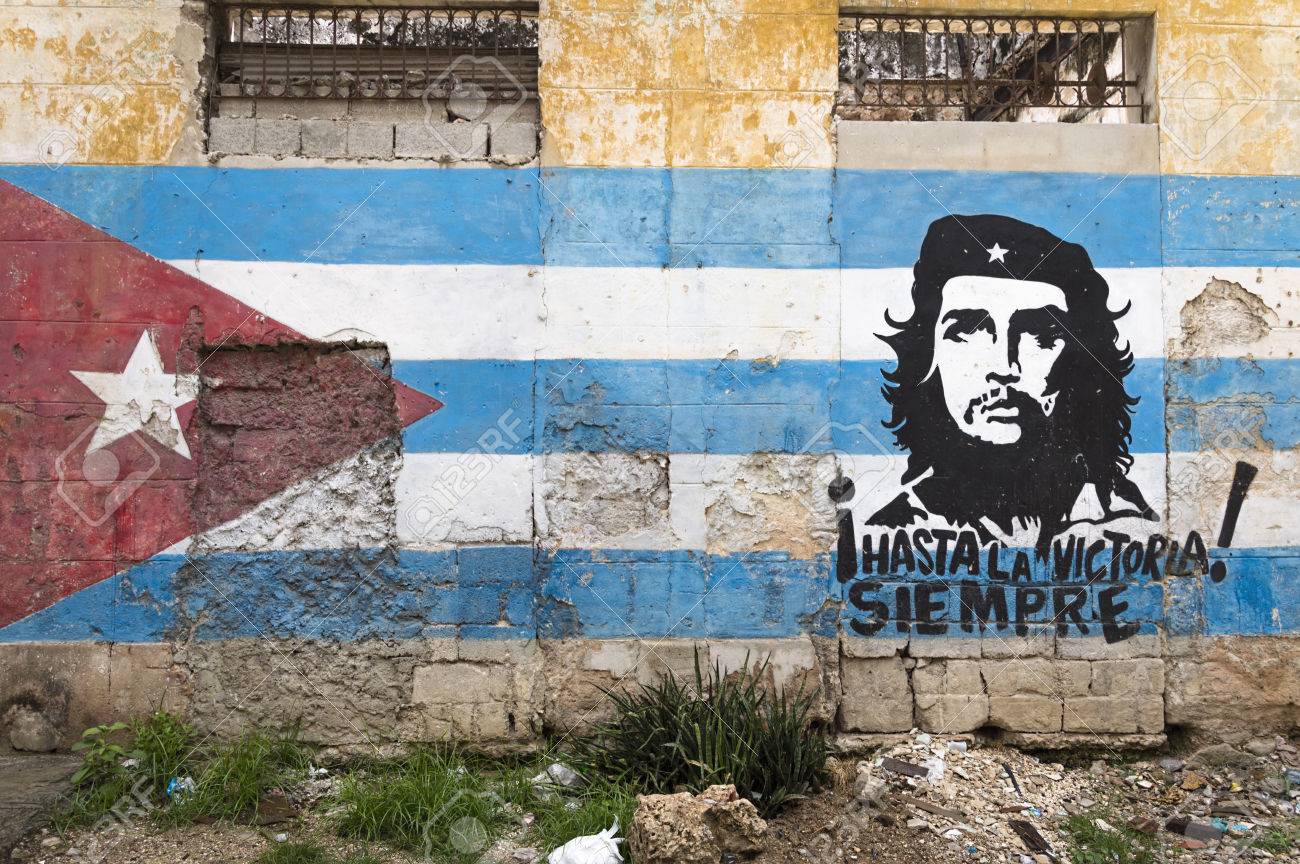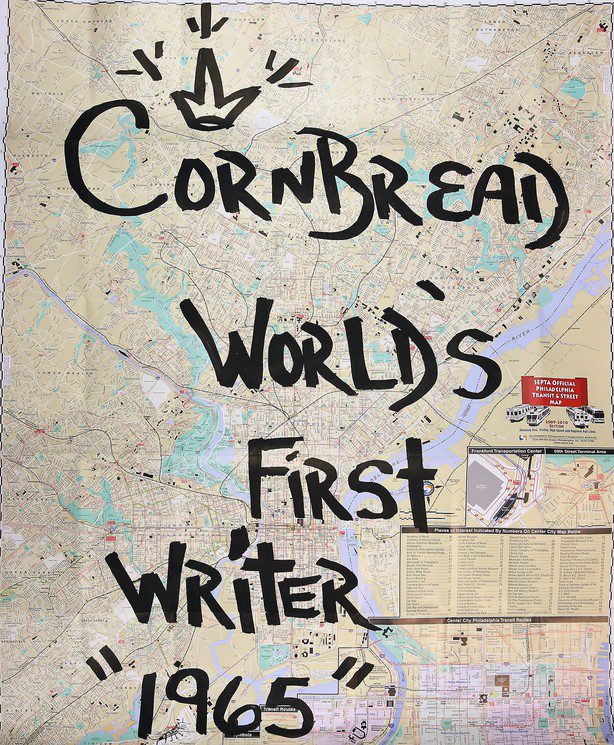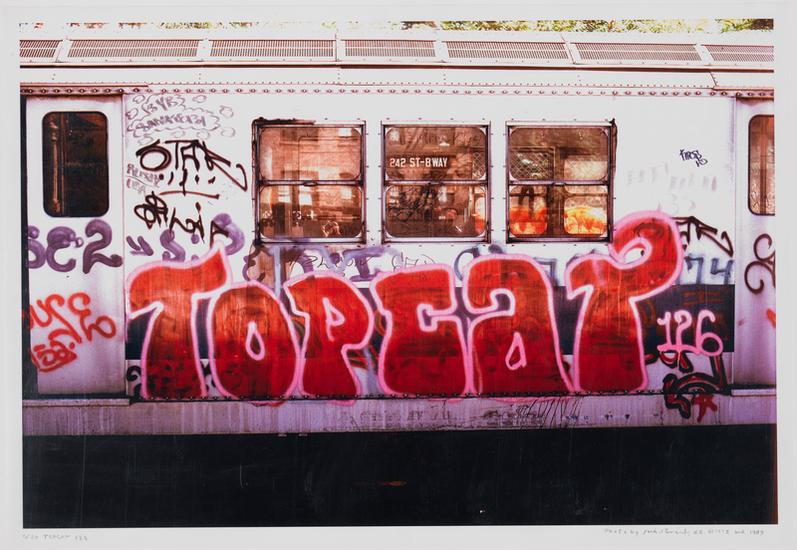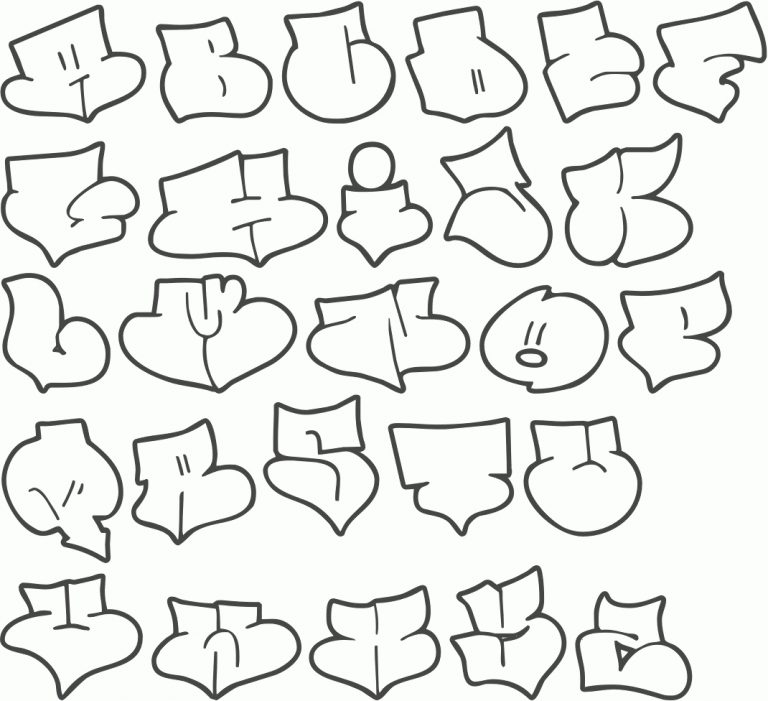INTRODUCTION
This post will examine the historical contributions of Latin American, Mexican-American, and African American teenagers and young adults in the area of graffiti, while exploring the stereotypes that shape the perspective of 20th century graffiti.
Graffiti Before New York

This is not what most people who think graffiti looks like, but this is an antecedent of graffiti from Latin America. This is an example of cultural wall painting in Havana, Cuba. As a continuation of human painting and writing on public surfaces and walls, Mexican’s would design murals like the one shown below.

The murals designed during the Mexican Revolution are also considered antecedent of graffiti. Its importance goes further than its canvases being public walls. Mexican-Americans, who wrote or painted graffiti from the 1930s through the 1960s and 1970s in Los Angeles, California, were influenced by the revolutionary style of art. The contributions of Mexican-American graffiti artists are often separated from African American and Latino graffiti artists from New York because they are perceived as gang related activities, like marking their territory. Meanwhile, tagging in New York is seen as an artistic style without many negative connotations.
Early New York Graffiti

The style of graffiti that was popularized by African Americans and Latinos, contrary to popular belief, was originated in Philadelphia. In the 1960s, artists like Cornbread and Cool Earl used black markers to tag themselves on public property. During the 1970s, Topcat-126 followed in the footsteps on Cornbread and Cool Earl and brung tagging to New York. Topcat used his nickname and street number as his tagging signature. When graffiti moved to New York, there were new titles given to graffiti artists such as; writers, bombers, tiggers, and piecers.

Writers, like Topcat-126, started tagging on trains, subway cars, and under the train tracks. The main goal of tagging was to see how many places they could bomb with their signature. This was very popular among working-class Latino and African American teenagers in Washington Heights, Brooklyn, and the Bronx.
The Transition to Modern Graffiti

In the younger years of graffiti, black markers were the only medium available from taggers. Once graffiti made its way to New York, the use of color spray paints were used and transformed graffiti into an art form. Some of the first artists to incorporate color spray paint were Tracey-168 and Cliff-159. Along with the medium change, the font used in graffiti shifted as well. The fonts that are popular now, like bubble letters, are considered Wild Style or ‘“throw up”. It was named “throw up” because it was quicker to write and helped avoid getting caught by the authorities. An example of “throw up” is in the picture to the left.
As the art style evolved, the escape methods evolved too. Artist needed effective escape methods because they participated in a very illegal activity. Graffiti tagging is considered trespassing and defacing public property, which could result in being arrested. Taggers had to begin planning how they were going to tag, in an effort to not get caught. “Black books” are a result of their excessive planning. In these black books, they would sketch out their tags to save some time. They would normally work during the early mornings or late at night. Another precaution that some artist took was working in groups. It became popular to work in groups because it included enough people to lookout for cops while the other worked on the artwork. Some groups were the Fabulous Five and United Graffiti Artists.
CONCLUSION
This post examined contributions from Latin Americans, Mexican-Americans, and African Americans in graffiti and how they shaped the idea of graffiti in the 20th century.
References:
https://eportfolios.macaulay.cuny.edu/generaladmissionnyc/2018/05/06/the-history-of-graffiti/
https://www.aaihs.org/teaching-histories-of-graffiti/

